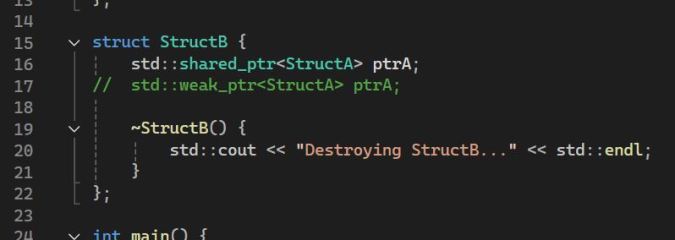Programming

If you are interested in analysing weather data and making predictions such as rainfall, storm, etc., then Mathematica has nice functionality that you can use. In this article, let me cover a few basic functions in this category. Let us start by getting the coordinates of the place for which we wish to get the […]

Pick is a widely used function in Mathematica. A minor enhancement was made to this function in the recent release; it can now work directly with BitVector datastructure. In this article, let us go over these two with some examples. Let us start with Pick first. It allows us to select from a list of elements […]

“Cyclic” is a new function introduced in the recent Wolfram Mathematica 14.3 release. It represents a repeating sequence, something that we encounter often. For example, how do we represent the sequence {1,2,3,4,1,2,3,4,1,2,3,4…}? “Cyclic” captures this idea. In other words “Cyclic[{1,2,3,4}]” denotes the same repeating sequence as above. Other examples: weekdays = Cyclic[{“Mon”, “Tue”, “Wed”, “Thu”, […]

In the previous article, I had explained how to get started using Wolfram Mathematica’s stock analysis features. The focus was on working with the exchanges supported by Mathematica, for example BSE India. What if we have stock data from a different source and want to analyze it in Mathematica? In my case, I use TradingView platform […]

I have my own toolkit for analyzing stocks, but occasionally I use Mathematica as well. Given Mathematica’s extensive support for numerical computation including Machine Learning, it can be a valuable resource for deep analysis of the stock market. In today’s article, let me give an overview of some of the features that are helpful for […]

Smart Pointers in C++ are elegant abstractions for managing dynamic memory safely, avoiding dangling pointers and preventing leaks. While std::unique_ptr and std::shared_ptr are well understood and widely used, std::weak_ptr often demands a deeper dive to use correctly. In this article, I will attempt to explain what it is and where it is useful. Some basics […]

OpenAI recently released its open-source Agents SDK. The documentation looked interesting, so I decided to give it a try. The SDK supports multiple agents working together using “handoffs”. The example I am using in today’s article involves 3 agents: 1) Agent who specializes in answering questions on Planetary positions 2) Agent who handles everything else […]

Agents and Agent frameworks are hot topics these days. LangChain, crewAI, LangGraph, Microsoft Semantic Kernel, and Microsoft Autogen are some of the popular agent frameworks. Smolagents is a relatively new entry in this arena. It is a lightweight agent framework from the well-known HuggingFace platform. In today’s article, I want to show how easy it […]

Let us continue our discussion on using Mathematica to interact with OpenAI (you may want to go through the earlier article as well). The simplest function to interact with the LLM is LLMSynthesize[]. As you might have guessed, this is a “sync” (non-streaming) call. What if you expect a long response and you don’t want […]

I normally use Python’s LangChain framework to communicate with OpenAI API. For a change, I wanted to see if Go has any libraries to access OpenAI and other LLMs. Interestingly I found that LangChainGo is a port of LangChain for Golang! I decided to implement a simple Completetion request in both streaming and non-streaming modes. Turned […]
Recent Comments